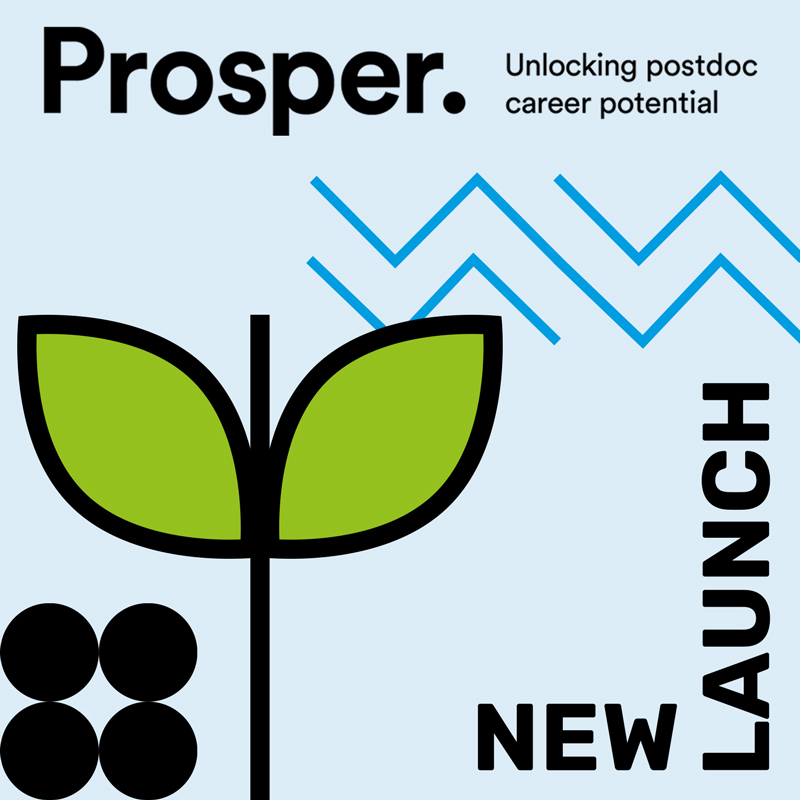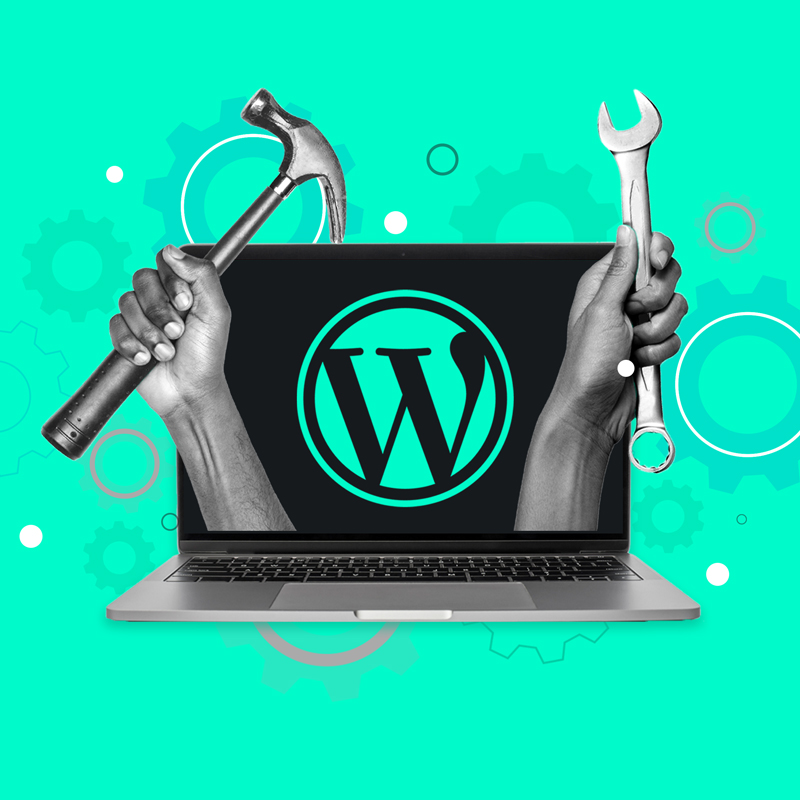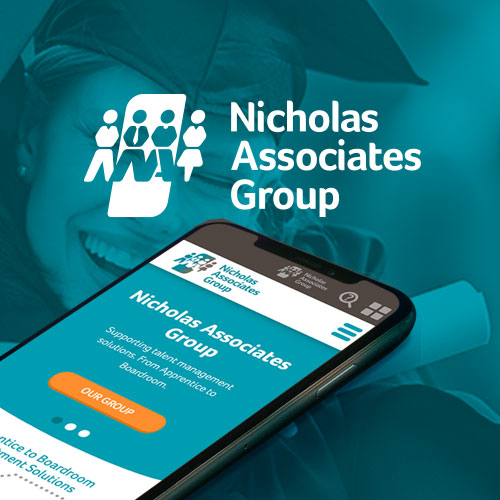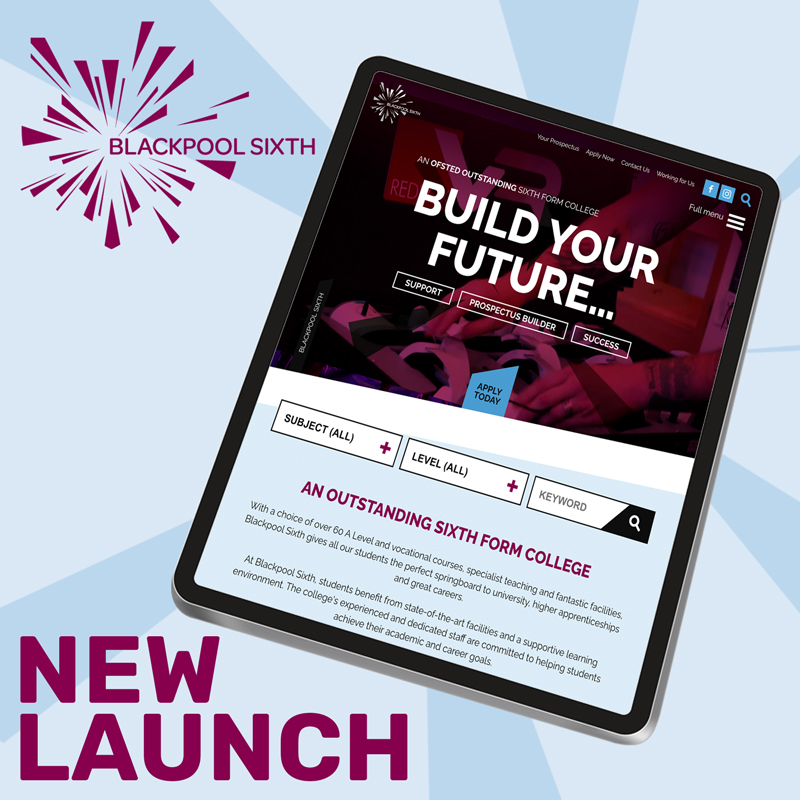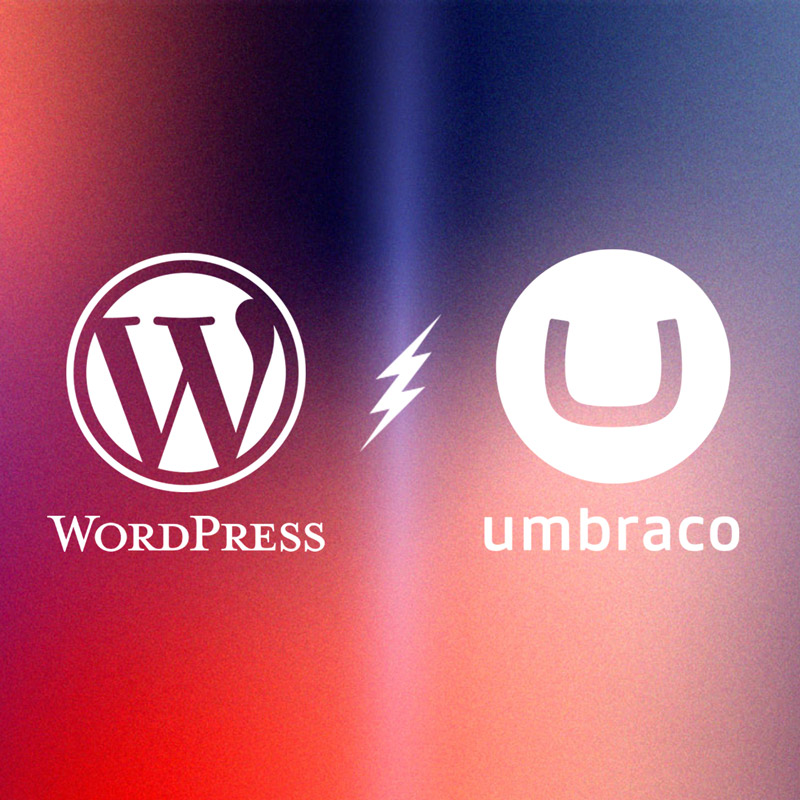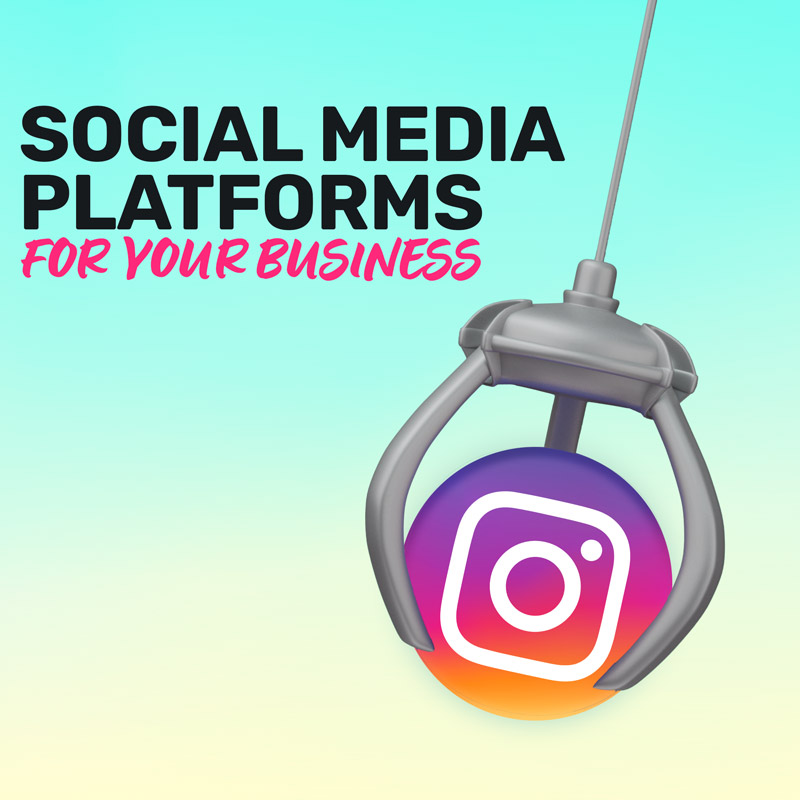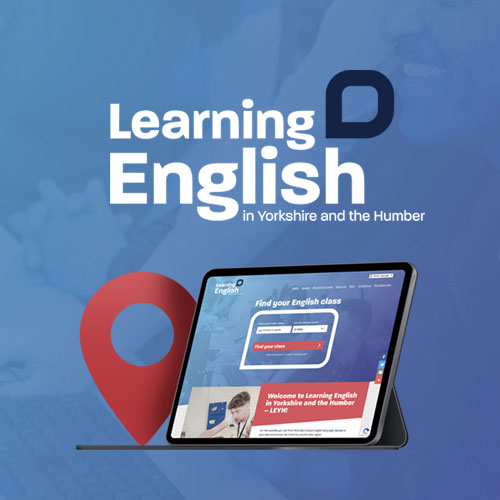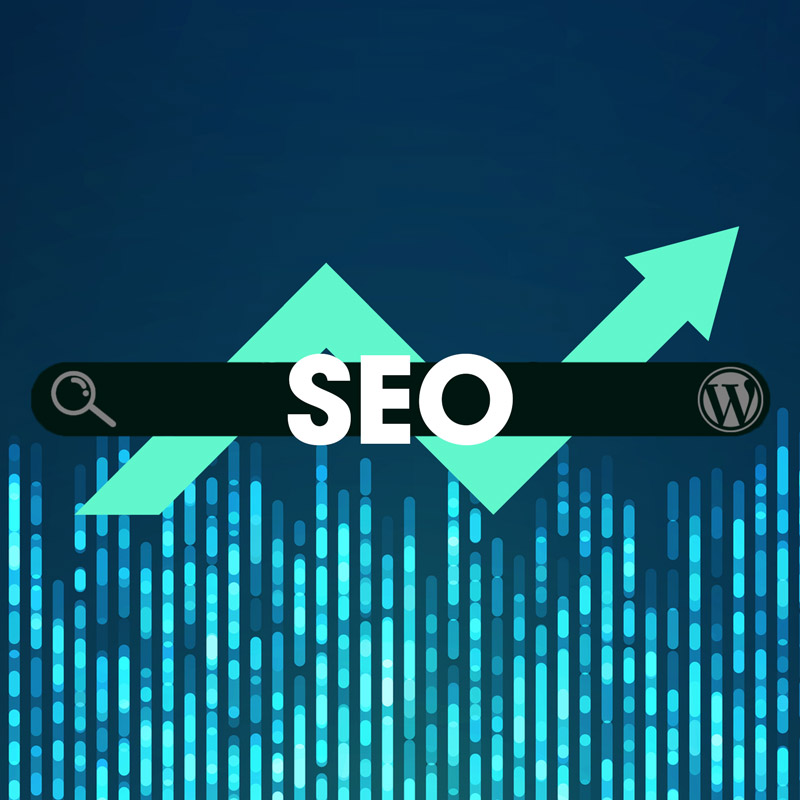
Website Refresh
When we talk about a website refresh, we’re referring to minor changes. Those that improve user experience (UX) and your website’s general functionality.
So, we’re talking:
Content updates
- New imagery
- Updated video content
- Rewritten web copy
Minor look and feel enhancements
- Changes to button placement and size
- Changing the positioning of imagery, headings and other elements
- Altering backgrounds and general decluttering
UX improvements
- Menu navigation changes
- Fixing broken links
- Adding more internal links
Website Redesign
On the other hand, a website redesign is much more involved. A redesign is for when you want to go beyond a general refresh and change the entire look and feel of your website.
Website redesigns offer:
- Layout overhaul
- Reworking content and messaging structure
- Usability and accessibility improvements
- New design and aesthetics
All to improve your website’s performance and functionality.
Things to consider
Your business goals
Look at your business goals.
- Where do you see your business going?
- Will your website – in its current state – help you get there?
- Does it reflect your values and support your objectives? If not, it might be time for a full redesign.
Your timescales
Got a launch coming up? Want your website to look slick in time for that annual conference?
If you’re really up against it time-wise, you might need to go for a refresh. You can always revisit and invest in a website redesign once you have more time.
Your budget
As a website redesign is much more in-depth, you’ll need a bigger budget than you would for a refresh. It might be tempting to opt for a website refresh for this reason.
But beware of cutting corners if your website is no longer serving your business goals. Simply updating a website might not get you where you need to be.
Remember this: Marketing – and that includes your website – is something you need to allocate proper investment to. That’s if you want to grow and reach your goals.
Your audience
Does your website currently meet your visitors’ needs? If you don’t know the answer to this, you could always take the time to do some testing.
There are fairly low-cost user testing tools and services you could look into to help you find out. If it turns out that the answer is yes, you might only need some small tweaks.
In that case, a website refresh could be all you need. But if the answer is no, it’s probably time for a redesign.
Timeframes
Website refresh: Can be done in stages
Website redesign: Could take weeks or months
Site age
Website refresh: Best for websites under three years old, that operate well
Website redesign: Best for websites over five years old
Investment
Website refresh: Low cost
Website redesign: Can be expensive
Functionality
Website refresh: Doesn’t affect the site’s functionality
Website redesign: Might need a full content management system (CMS) overhaul
Analytics
Website refresh: Best for websites with a low bounce rate
Website redesign: Best for websites with a high bounce rate
Overall
Website refresh: Easy to implement quickly, with a smaller time and budget commitment
Website redesign: A more involved and in-depth project. But offers more profound and lasting improvements.
Your site doesn’t work on mobile
If your website isn’t mobile responsive, it means it doesn’t adjust its layout for the device you’re using to view it.
Since a sizeable chunk of your visitors will be visiting from a mobile or tablet, you need to be aware of this. Make sure your website adjusts its layout to fit different screen sizes.
What this means is:
- Text that can be read easily
- Buttons and links that you can tap
- Not having to scroll from side to side to read a page
- An easy zooming feature
As over 96% of global internet users browse on mobile, this is not something you can afford to ignore.
Sites that aren’t mobile responsive only frustrate visitors. You don’t want them bouncing off your site in search of something more user-friendly.
Plus, mobile responsive sites rank higher in search engine results pages (SERPs). So if you’re behind the curve on this one, it might be time for a redesign.
Your navigation is a nightmare
Assuming people can find your website, and it’s ranking well on search, what’s the user experience (UX) like once they arrive?
Ask yourself:
- Is your site easy to navigate around?
- What’s the customer experience like? Can users find what they’re looking for?
- Do they know where they are on your site without having to hunt around too much?
- Is it easy to get back to the homepage?
- Have you got all the pages your audience needs?
- Are there clear and relevant calls to action (CTAs)?
If you can’t answer ‘yes’ to the questions above, it might be time for a full overhaul.
You’re not getting enough traffic, leads, and conversions
Good websites are more than just a reflection of your brand. They serve as a valuable marketing asset, and when they work properly, they should be bringing in healthy volumes of traffic. And a good proportion of that traffic should translate into leads and conversions.
So we’re talking:
- SEO strategy (tech, on-page, and off-page) to bring traffic and leads
- Well-structured messaging, content and copy. For converting those leads into customers or clients.
If you’re not getting the traffic, leads or conversions you’d like, maybe it’s time for a website redesign.
Now it’s worth noting that other things can affect traffic depending on your industry. For example, a lot of e-commerce brands would expect to see peaks and troughs at particular times of the year. In the UK, the run-up to Christmas is a particularly busy time for these kinds of businesses.
So you’d need to consider these factors before you make any big decisions. But once you’ve analysed your data, not just during industry quiet periods, and you’re still not happy, it could be time for big changes.
You’ve got a high bounce rate
Your bounce rate is the percentage of unengaged sessions on your website. So this means:
- a session that lasts less than 10 seconds
- and doesn’t include viewing a second page
- or doesn’t include a conversion event.
For example, if a visitor lands on a blog post, and it isn’t useful to them, they might close their browser. That would be a bounce if it happens within 10 seconds.
If, however, they click on a link that takes them to a second page on your site, it wouldn’t be a bounce.
Or, if they click a button to learn more or go to your contact page, that wouldn’t be a bounce either.
Basically, search engines want to know if the content on your site is useful and helpful. If people leave your site in under 10 seconds, it could indicate that they’re not getting what they need. And if your content isn’t useful, Google won’t rank it highly. A bounce rate of 40% or lower is generally considered good. But if your bounce rate is over 56%, it’s a sign that you should consider a website redesign to improve engagement.
Your pages are too slow to load
You’ve got about 3 seconds for your web pages to load before a lot of visitors move away in frustration. With loading times listed as a confirmed ranking factor for Google, you need to pay attention to this.
If your website loading speed is sluggish, it will affect where you feature in search results. You’ll find that after a while you’ll slip down the rankings.
Slow loading times across your site are a good indication that you might need a redesign.
Your web developers will overhaul things like plugin use, and media size and quality. They can also implement lazy loading. This technique delays some items on your pages from loading until a user scrolls to them. This can help speed things up.
Your site is riddled with broken links
Dead ends caused by broken links can annoy and frustrate your users. More often than not, broken links will increase your bounce rate too.
But there are plenty of tools you can use to help you identify where they are on your website. Then you can set about replacing or deleting them to improve UX.
Another way to fix broken links is by setting up redirects. Although be cautious about setting up too many. Too many redirects to the same page can cause problems. They can end up slowing down your site.
So we’d recommend getting some expert help with this. Especially if you have a large site.
You’ve got tired design and branding
Not everyone has a keen design eye. For this reason, some people struggle to make a decision about a redesign.
If that’s you, consider this: Imagine inviting potential clients to your physical place of work. Are you proud of your decor? Is your colour scheme bright and welcoming? Or is it getting tired, with peeling paint and poor lighting?
If you’re proud to present your physical space to visitors, is your online space serving you in the same way?
Things to consider:
- Does the tone of your web copy reflect your brand values?
- Is all imagery and media up-to-date or are you still relying on stock photography and video?
- Are your colour scheme and graphics consistent across your website and social media? And are they accessible for those with low vision?
- Did you jump on a web design trend a few years back that has now fallen out of favour? Some designs are timeless, but some get old pretty quickly and can make your site seem outdated.
- Is there a mismatch between text and imagery on your site? You want a good balance here. Too text-heavy above the fold, for example, can be off-putting. There should be a good mix of text, images, videos, icons and graphics.
- Have you relied too long on a specific WordPress theme? While pre-made themes can seem like a cost-effective way to go, they can kick up their own problems.
- The free themes are way too basic, and you can end up with an unimpressive website.
- But the paid themes can be a bit faddy. And a lot of them don’t have intuitive calls to action which doesn’t work well for many businesses.
- This is where a custom website, built by experts with your specific business goals in mind is the best option.
Your content isn’t very engaging
If your content doesn’t engage your audience, you’ll know. You’ll have a high bounce rate, and you won’t be seeing the conversions you need to meet your business goals.
When visitors land on your website, your content needs to give them what they need. So, it needs to answer their search intent. It needs to serve them up whatever motivated them to visit your website in the first place.
Otherwise, they have no reason to stay. And they’ll go off in search of something better.
Things to consider:
- Your portfolio. If you haven’t updated your website with recent projects, then it might look like you’re no longer operating. Or visitors might lose trust that you’re able to do regular, high-quality work.
- Testimonials. Like your portfolios, you’ll also want to keep your testimonials relevant and fresh. Again, it helps establish trust with that vital social proof.
- Blog posts. Not only does regular blogging help your SEO, but it also shows visitors you’re on top of the latest trends. This helps establish your brand as an industry expert and thought leader.
- Pricing and service details. It’s disappointing to make an enquiry with a price in mind, only to find that now it’s something quite different. Make sure you don’t have old prices on your website.
- The same goes for product and service descriptions. Make sure you describe everything accurately too. Otherwise, you’ll annoy your potential customers.
- Dates and timely content. The digital landscape is fast-moving. Try to avoid wording and other types of content that age quickly. For example, a lot of websites are still talking about coming out of the Covid lockdown.
- That kind of content is very quickly outdated. And it can give the impression that you’ve ceased trading if it’s among your more recent articles.


